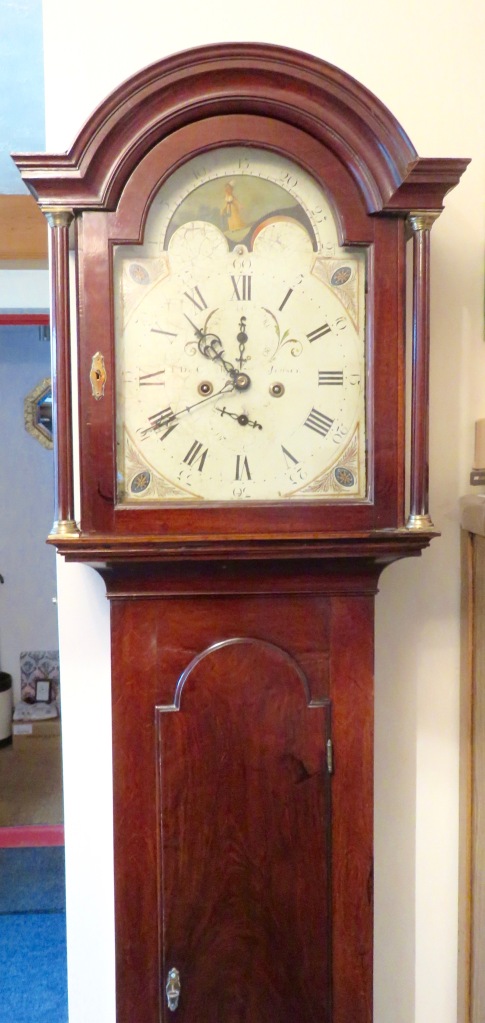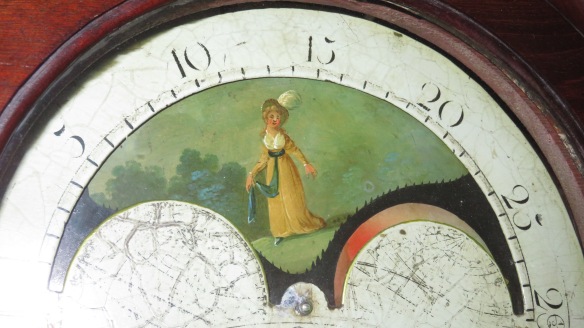Last night I finished reading Josephine Tey’s finely crafted novel ‘Brat Farrar’. What was intriguing about this work was that we knew from the outset that the eponymous character was a fraudulently claiming to be a long lost, presumed dead, scion of the Ashby family. The mystery was how long he would be able to carry it off. Having been well-schooled in the final twists of the wonderful little stories of Bruce Goodman at weaveaweb.wordpress.com I was quite pleased to have guessed the two in this one that made sense of the whole story. Tey is an accomplished writer whose prose flows most elegantly. Her sentences are of appropriately varied lengths, her characterisation insightful, and her construction impeccable.
 My Folio Society edition features an introduction by Ruth Rendell and illustrations by J. Richard Allen, one of which graces the front board.
My Folio Society edition features an introduction by Ruth Rendell and illustrations by J. Richard Allen, one of which graces the front board.
Martin Fairhurst of Dials brought and set up Jackie’s grandfather clock this morning. The chime has a very pretty tinkling sound.
It is great fun to have the man-in-the moon lurking behind clouds on the face of our newly acquired clock. But, as made apparent in an essay dated 3/99 by Charles Probst, on the website of Charles Edwin Inc, these representations of the phases of the moon had a valuable practical purpose. I have paraphrased extracts from Mr. Probst’s work, and adapted the text to our specific example.
Using a mechanical clock’s display to mark the state of the moon’s phase is an old and common tradition among makers of clocks from virtually every country. Lunar displays on clocks are known in Germany from the end of the 16th century. When long-case clocks for homeowners in England became popular in the late 17th century, street and road lighting for travel at night hardly existed anywhere. If one wanted to have friends over or travel out, one had to know when moonlight would be available. Also near the end of the 17th century, the English Astronomer Royal, John Flamsteed, worked out his tables showing that the moon’s phases were closely linked to the regular rise and fall of the tides. Since few coastal streams had bridges, it was useful to know when a coach could ford a stream and keep the owner and his powder dry, and a clock could provide the information.
The lunar cycle starts at the new moon with no man-in-the-moon face showing on the clock, and progresses to the full face showing on the 15th day, the full moon, and back to no face again as the moon wanes.
Our lunar dial is partially concealed on each side of its opening in the main dial plate by semi-circular “humps” that allow the painted face to emerge slowly just as the real moon goes out of and back into the earth’s shadow. The humps contain maps of the eastern and western hemispheres. Today’s moon being a 12.3% waning crescent, it is barely visible behind the right hand hump.
Brass had been engraved to produce the dials until painted ones emerged in England about 1772.
The young lady decorating our example, made by Thomas de Grachy of Jersey between 1822 and 1834, sports a contemporary period dress.
such as those still favoured by Kate Greenaway in her book illustrations some fifty or so years later.
The bottom dial is a calendar one. We are not sure how to read it.
This evening we dined on Jackie’s spicy Thai chicken with sweet potato, runner beans and carrots, followed by custard tarts. She finished the sauvignon blanc and I drank Jean Truffot bourgogne hautes cotes de suits 2012.


